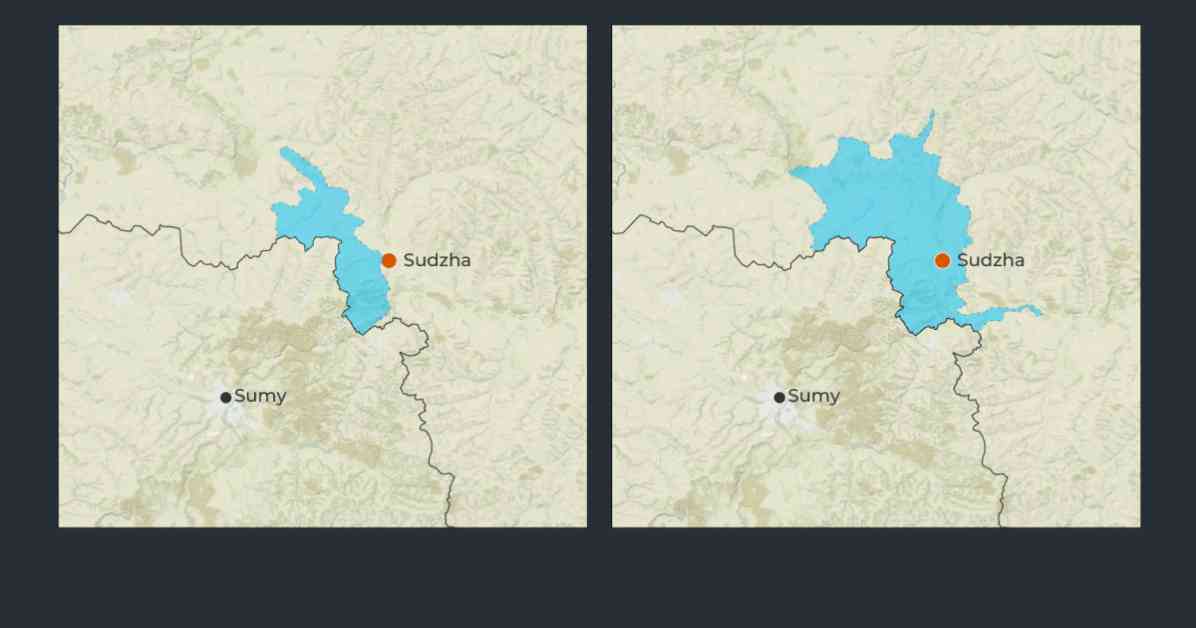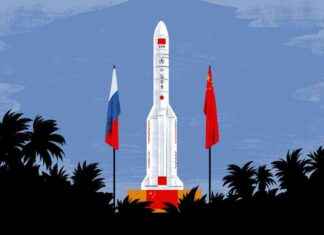Ukraine’s Incursion into Russia’s Kursk Region: Analyzing the Conflict
The conflict between Ukraine and Russia has escalated significantly in recent weeks, with Ukraine launching a daring offensive into Russia’s Kursk region. This marks the most significant cross-border attack since Russia’s full-scale invasion of Ukraine began in February 2022. The Kursk region, located in western Russia and bordering Ukraine, is home to a population of approximately 1.2 million people.
Surprise Offensive and Emergency Measures
Ukraine’s incursion into the Kursk region began on August 6, catching the Kremlin off guard. Moscow has struggled to push back against the assault for over a week, leading to the announcement of emergency measures, including the evacuation of hundreds of thousands of civilians. Both Kyiv and Moscow have acknowledged the operation into the Russian border regions, with Ukrainian President Volodymyr Zelenskyy confirming on Saturday that his army is engaged in combat within Russian territory.
Control of Russian Territory
Oleksandr Syrskii, Ukraine’s commander-in-chief, claimed that Kyiv’s forces controlled approximately 1,000 square kilometers (386 square miles) of Russia’s Kursk region as of Monday, six days into the offensive. This significant territorial gain is almost as much land as Russia has advanced upon in Ukraine throughout the year, according to analysts. The Institute for the Study of War estimated Ukraine’s advances at about 800 square kilometers (309 square miles) based on satellite imagery and open-source information.
“We continue to conduct an offensive operation in the Kursk region. Currently, we control about 1,000 square kilometers of the territory of the Russian Federation,” Syrskii stated in a video published on Zelenskyy’s Telegram account on Tuesday. Zelenskyy further revealed that Ukrainian forces are now in control of 74 Russian settlements in the Kursk region, a direct result of the cross-border operation.
Evacuations and State of Emergency
The Russia-Ukraine land border stretches approximately 1,974 kilometers (1,227 miles), with nearly 200,000 people forced to evacuate from border regions. The governor of the Belgorod region declared a state of emergency, attributing the dire situation to relentless bombardment by Ukraine. “The situation in the Belgorod region continues to be extremely difficult and tense,” Governor Vyacheslav Gladkov expressed in a video posted on the Telegram messaging app. Daily shelling by Ukraine’s armed forces had resulted in destroyed houses and casualties among civilians, prompting the declaration of a regional emergency situation in the Belgorod region.
Reasons for the Incursion
President Zelenskyy highlighted that Russian forces had conducted almost 2,100 artillery strikes from Russia’s Kursk region on Ukraine’s Sumy region since June 1, 2024. Ukraine’s operations into Kursk were aimed at securing its borders from the Russian military, rather than an attempt to annex Russian territory. Zelenskyy emphasized that the offensive was tactical, intended to force Russia into a ceasefire. “Russia brought war to others, now it’s coming home,” he remarked on Tuesday.
The Institute for the Study of War reported that geolocated footage indicated Ukrainian forces had been active in Sudzha and northern Zaoleshenka. Allegations surfaced on August 12 that Ukraine had captured the town of Sudzha, as per Russian sources.
Strategic Importance of Gas Pipelines
Intense fighting between Ukrainian and Russian forces is occurring near a crucial gas pipeline that Russia uses to supply European countries with gas. Despite the ongoing conflict, the flow of gas through the pipeline has not been disrupted. Sudzha, located about 10 kilometers (6 miles) from the Ukrainian border, serves as the sole pumping station for Russian natural gas to reach Europe through Ukraine.
European countries like Austria, Hungary, and Slovakia rely on gas from Russia, with all of it flowing through Sudzha. Approximately 42 million cubic meters (1.5 billion cubic feet) of Russian gas pass through the pipelines daily on their way to Europe. Despite the hostilities, Kyiv has allowed the gas to continue flowing through its Soviet-era pipeline unabated as part of a $2 billion-a-year contract between state-owned Naftogaz and Russia’s Gazprom.
The conflict between Ukraine and Russia in the Kursk region is a complex and rapidly evolving situation with significant implications for both countries and the broader international community. As the conflict continues to unfold, it is crucial to monitor developments closely and analyze the potential consequences for regional stability and global security.



























